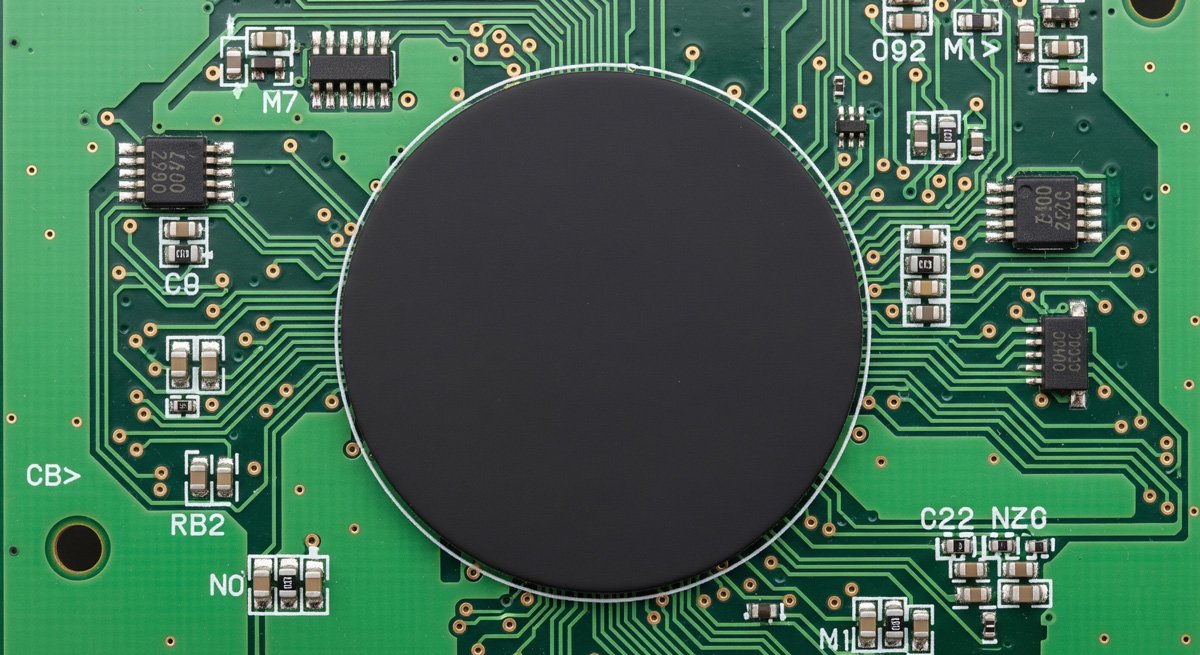Introduction to amplifier boards
As an audio enthusiast, I am always on the lookout for ways to improve the quality of sound in my audio setup. One essential component of any high-quality audio system is the amplifier board. Amplifier boards are electronic devices that amplify weak audio signals from an input source, such as a smartphone or MP3 player, to a level that can be played through speakers. In this comprehensive guide, I will share my knowledge about amplifier boards and provide helpful tips on how to choose the best one for your needs.
Amplifier boards come in various sizes, shapes, and functionalities. They can be found in a range of devices, from simple portable speakers to high-end home theater systems. Whether you are building your own speaker system, upgrading your current setup, or just curious about how these devices work, understanding the basics of amplifier boards is essential.
In the following sections, I will discuss different amplifier board classifications, explore the variety of features available, and provide recommendations on top brands and products. Additionally, I will guide you through the process of building your own amplifier board and connecting it to speakers. Finally, I will discuss amplifier board kits and pricing, and how to enhance audio quality with these devices.
Amplifier board classifications
When choosing an amplifier board, it is important to understand the different classifications available. Amplifier boards are typically classified according to their efficiency, linearity, and output power. The most common classifications are Class A, Class B, Class AB, and Class D.
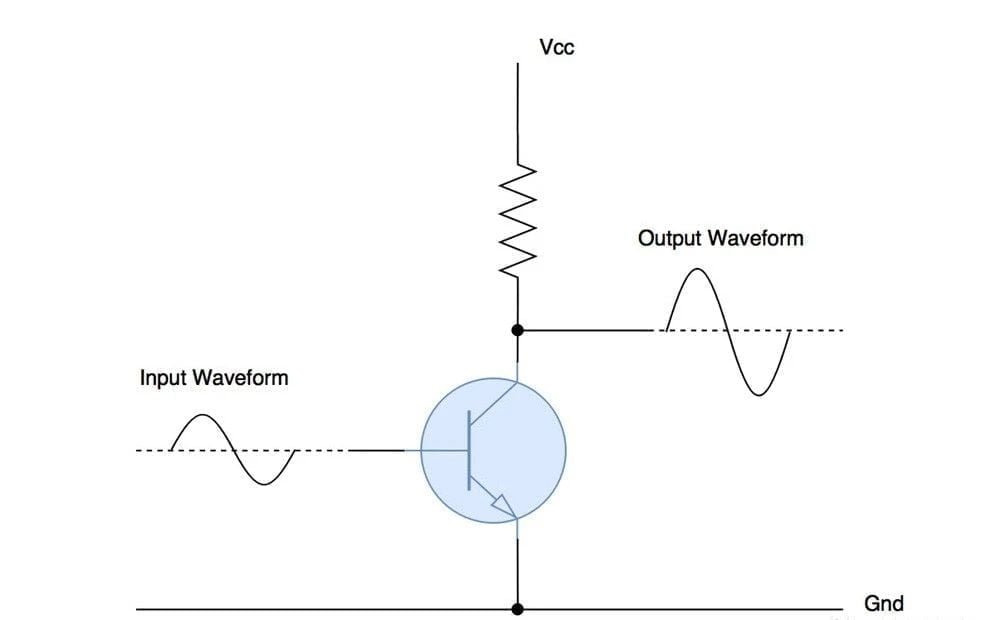
Class A amplifiers
Class A amplifiers are known for their excellent linearity and minimal distortion. However, they are the least efficient, as they consume a significant amount of power even when there is no audio signal present. Class A amplifiers are generally suitable for high-end audio applications where sound quality is of utmost importance.
Class B amplifiers
Class B amplifiers are more efficient than Class A amplifiers but may introduce more distortion due to their switching configuration. They are ideal for scenarios where effectiveness outweighs the significance of audio excellence.

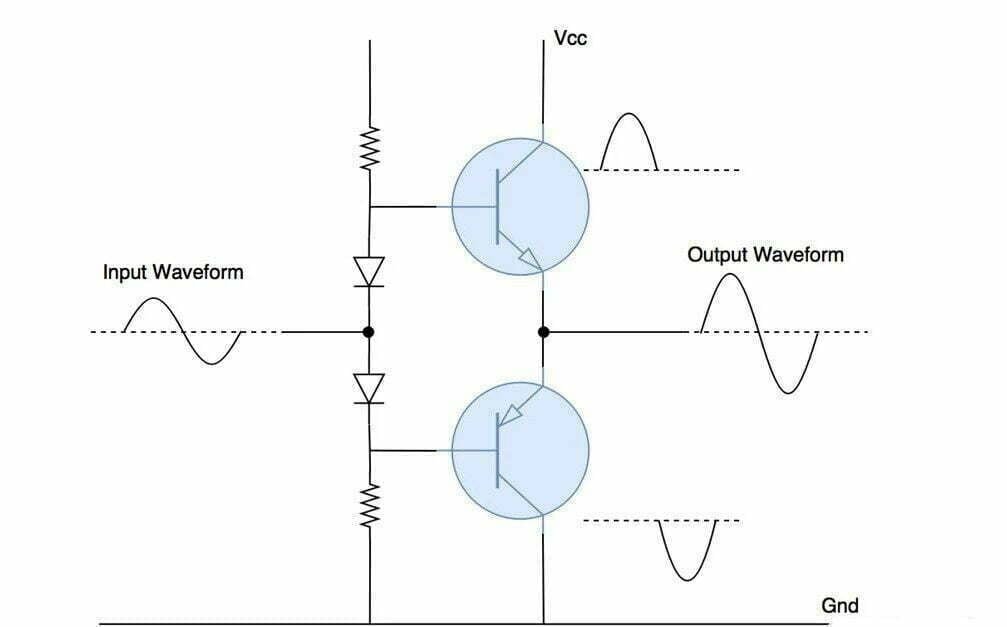
Class AB amplifiers
Class AB amplifiers combine the advantages of both Class A and Class B, offering good linearity and efficiency with minimal distortion. They are widely used in various audio applications, from car audio systems to home theater setups.
Class D amplifiers
Class D amplifiers, also known as switching amplifiers or digital amplifiers, are the most efficient of the four classifications. They use a high-frequency switching technique to minimize power loss. However, they can introduce more distortion compared to Class A and Class AB amplifiers. Class D amplifiers are ideal for applications where high efficiency and compact size are required, such as portable devices and wireless speakers.
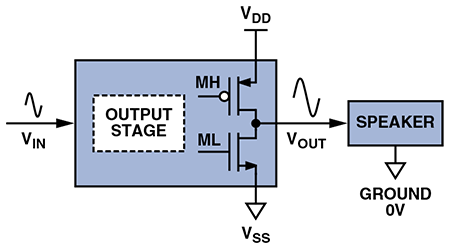
Amplifier board features: Bluetooth and subwoofer
Modern amplifier boards often come with additional features that can enhance your audio experience. Two common features are Bluetooth compatibility and subwoofer support.
Bluetooth compatibility:
Some amplifier boards come with built-in Bluetooth connectivity, allowing you to stream audio wirelessly from your smartphone, tablet, or other Bluetooth-enabled devices. This is a convenient feature if you want to eliminate the need for cables or prefer the flexibility of wireless audio streaming.
Subwoofer support:
Amplifier boards with subwoofer support can drive a dedicated subwoofer speaker in addition to the main speakers. This is useful if you want to add extra bass to your audio setup or create a more immersive home theater experience.
When selecting an amplifier board, consider whether these features are essential for your needs. Keep in mind that amplifier boards with advanced features may come at a higher price.
Choosing the right amplifier board for your needs
Selecting the right amplifier board for your audio setup depends on several factors, including your desired sound quality, efficiency, power output, and budget. Here are some key considerations when choosing an amplifier board:
Sound quality
If sound quality is your top priority, consider a Class A or Class AB amplifier board. These classifications offer better linearity and lower distortion compared to Class B and Class D amplifiers.
Efficiency
If you need an energy-efficient amplifier board, especially for portable or battery-powered devices, Class D amplifiers are the best choice. They consume less power and generate minimal heat compared to other classifications.
Power output
Consider the power output requirements of your speakers when selecting an amplifier board. Ensure that the board can provide enough power to drive your speakers without distortion or damage.
Budget
Amplifier boards come in a wide range of prices, from affordable options to high-end models. Determine your budget and choose an amplifier board that offers the best value for money without compromising on essential features.
Top amplifier board brands and products
There are numerous amplifier board brands and products on the market, catering to various needs and budgets. Some of the top brands include TPA, TDA, and LM. Here are three highly-regarded amplifier board products to consider:
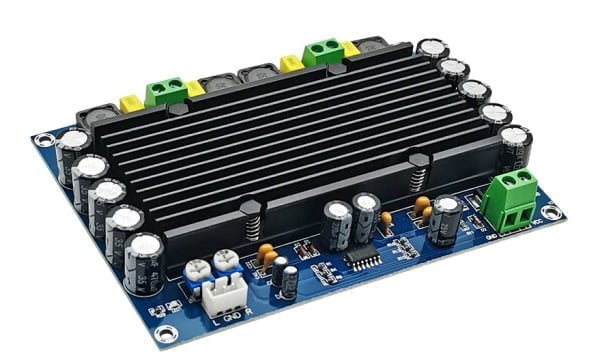
TPA3116D2
This Class D amplifier board is known for its high efficiency, compact size, and excellent audio performance. It offers a power output of 2 x 50W and has built-in Bluetooth connectivity for wireless audio streaming.
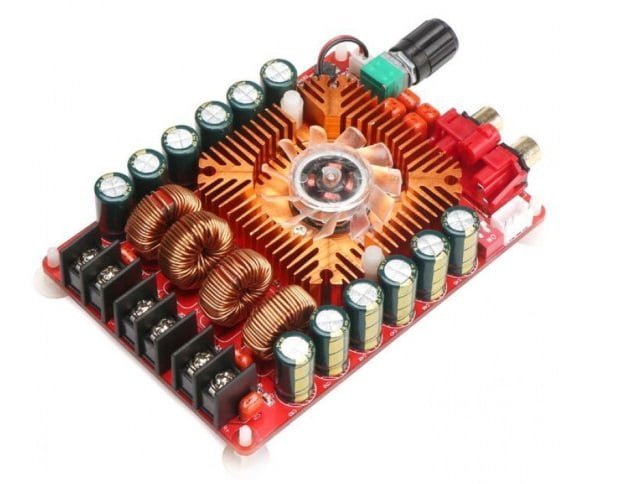
TDA7498E
This Class D amplifier board delivers a power output of 2 x 160W and supports a wide range of input voltages. It features a high-quality aluminum heatsink to keep the board cool during operation and offers protection against short circuits, overheating, and other potential issues.
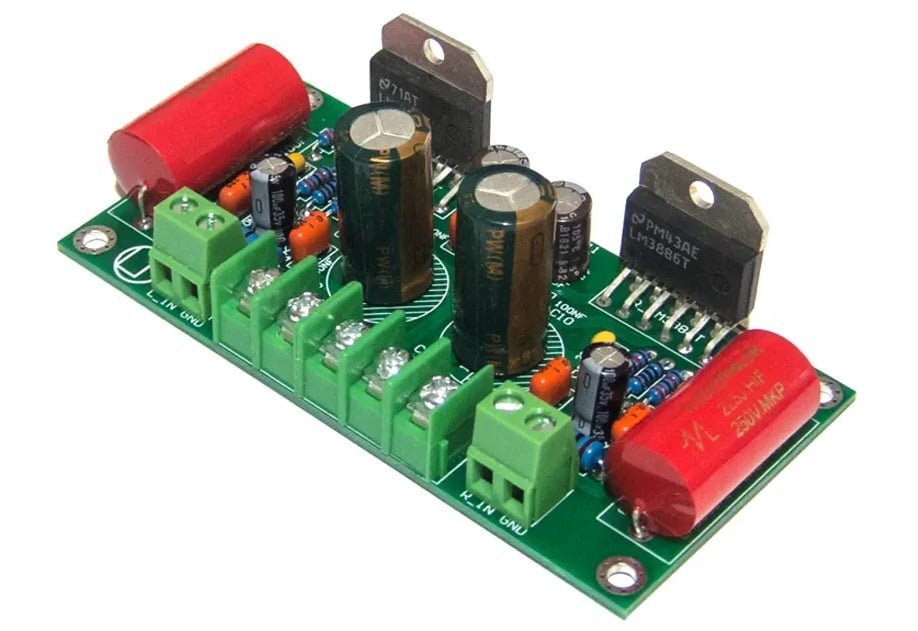
LM3886TF
This Class AB amplifier board offers a power output of 2 x 68W and is known for its excellent sound quality and low distortion. It features a robust construction with high-quality components, ensuring long-lasting performance and reliability.
DIY amplifier board: Making your own amplifier board
If you have experience with electronics and enjoy tinkering, building your own amplifier board can be a rewarding project. By creating a custom amplifier board, you can tailor the design to your specific needs and preferences. To begin with, here are a few steps you can take:
1. Research and planning
Before you start building your amplifier board, research the different amplifier board classifications and their respective advantages and disadvantages. Determine the type of amplifier board that best suits your needs and plan your design accordingly.
2. Gather components
To build your amplifier board, you will need various circuit board components, such as capacitors, resistors, and transistors. You may also need a microcontroller if you plan to incorporate advanced features like Bluetooth connectivity.
3. Assemble the board
Follow your design plan and carefully assemble the components on a printed circuit board (PCB) or breadboard. Ensure that all connections are secure and that the components are properly arranged for optimal performance.
4. Test and troubleshoot
Once your amplifier board is assembled, test its functionality by connecting it to a power source and speakers. If the board does not workas expected, troubleshoot any issues by checking the wiring and the component values. You may need to use an oscilloscope or a multimeter to measure the output signals and diagnose any problems.
5. Enclosure and finishing
After testing and troubleshooting your amplifier board, you can enclose it in a suitable case or housing. This will protect the board from dust and moisture and provide a more professional look. You can also add finishing touches like labeling, painting, or adding knobs and switches.
Building your own amplifier board requires some technical skills and knowledge, but it can be a fun and rewarding experience. There are numerous online resources, guides, and tutorials that can assist you in beginning your journey.
How to connect an amplifier board to speakers?
Connecting an amplifier board to speakers is a straightforward process, but it requires some attention to detail to ensure optimal performance and safety. Here are a few fundamental guidelines to adhere to:
1. Power off
Before connecting any wires, ensure that the amplifier board and the speakers are turned off and unplugged from the power source. To avoid any harm to the electrical parts, make sure to implement this safety measure.
2. Wire connections
Connect the amplifier board output terminals to the speaker input terminals using suitable cables or wires. Ensure that the polarity is correct by matching the positive and negative terminals on both the amplifier board and the speakers.
3. Volume and gain control
Adjust the volume and gain control on the amplifier board to a low level before turning on the power. This will prevent any sudden loud sounds that can damage the speakers or your ears.
4. Power on
After connecting the wires and adjusting the controls, turn on the amplifier board and the speakers. Gradually increase the volume to your desired level while monitoring the sound quality. If you notice any distortion or clipping, reduce the volume or adjust the gain control.
5. Safety precautions
Always follow the safety instructions provided by the manufacturer and avoid touching any live wires or components. If you are unsure about any aspect of the connection process, seek professional advice or assistance.
Amplifier board kits and pricing
While building your own amplifier board can be a rewarding experience, it requires some technical skills and access to electronic components. If you prefer a more straightforward approach, you can consider purchasing an amplifier board kit. These kits typically include all the necessary components and instructions to assemble a functional amplifier board.
Amplifier board kits come in various sizes, power outputs, and features, catering to different needs and budgets. Prices can range from $20 to $100, depending on the complexity and quality of the components.
When choosing an amplifier board kit, ensure that it meets your desired specifications and features. Consider the power output, efficiency, sound quality, and additional features like Bluetooth connectivity and subwoofer support.
Enhancing audio quality with amplifier boards
Amplifier boards can significantly enhance the audio quality of your setup, but they require some attention to detail to achieve optimal results. Here are some tips to enhance audio quality with amplifier boards:
Proper wiring and grounding
Ensure that the wiring and grounding of your amplifier board are correct and secure. Loose or incorrect connections can introduce noise and distortion to the audio signal.
Suitable power supply
Use a suitable power supply for your amplifier board, matching the voltage and current requirements. A low-quality or unstable power supply can affect the audio quality and even damage the components.
Quality components
Use high-quality components, such as capacitors, resistors, and transistors, for your amplifier board. These components can affect the audio quality and reliability of your setup.
Proper speaker selection
Choose suitable speakers for your amplifier board, matching the power output and impedance. Using speakers with the wrong specifications can affect the audio quality and even damage the amplifier board.
Proper gain and volume control
Adjust the gain and volume control of your amplifier board to the proper levels, avoiding distortion or clipping. Experiment with different settings to find the optimal balance between sound quality and volume.
By following these tips, you can significantly enhance the audio quality of your setup and maximize the potential of your amplifier board.
Conclusion
In conclusion, amplifier boards are essential components for any high-quality audio setup, offering efficient and reliable amplification of weak audio signals. By understanding the different amplifier board classifications, features, and brands, you can choose the best amplifier board for your needs and budget. Whether you prefer to build your own amplifier board or purchase a ready-made kit, amplifier boards can significantly enhance the audio quality of your setup and provide a more enjoyable listening experience.



